Home>Home Maintenance>What Does A VA Home Inspection Look For
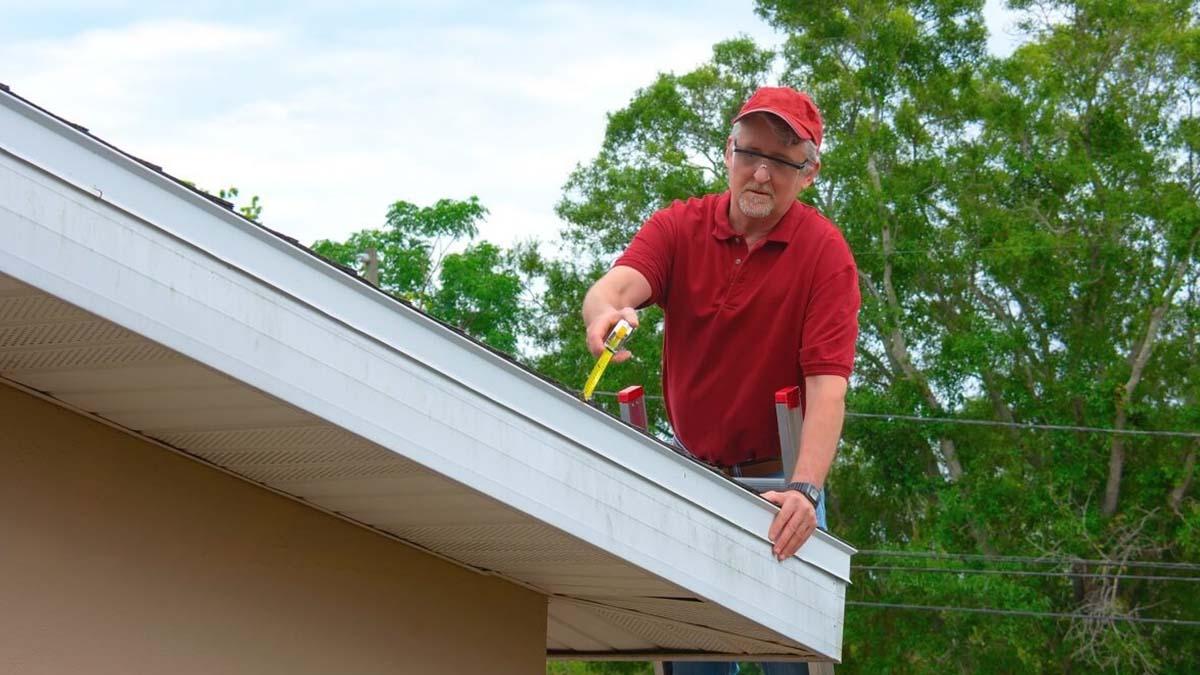

Home Maintenance
What Does A VA Home Inspection Look For
Modified: March 6, 2024
A VA home inspection examines various aspects of a property to ensure it meets safety and livability standards. Learn what a VA inspector looks for and prioritize home maintenance.
(Many of the links in this article redirect to a specific reviewed product. Your purchase of these products through affiliate links helps to generate commission for Storables.com, at no extra cost. Learn more)
Introduction
Welcome to your comprehensive guide on VA home inspections. If you are a veteran or service member considering purchasing a home using a VA loan, it is essential to understand the importance of a thorough home inspection. A VA home inspection is a crucial step in the home buying process that ensures the property meets the Department of Veterans Affairs’ standards for safety, habitability, and overall condition.
Whether you are purchasing a brand new home or a previously owned one, a VA home inspection will help identify any potential issues that may require repairs or further evaluation. This article will provide you with a detailed overview of what a VA home inspection entails and what inspectors look for during the process.
By understanding the purpose and scope of a VA home inspection, you can make a more informed decision about the property you are considering and negotiate repairs or adjustments if necessary. So, let’s dive in and explore the essential aspects of a VA home inspection.
Key Takeaways:
- A VA home inspection is crucial for veterans buying a home. It ensures safety, identifies potential issues, and allows informed decision-making and negotiation for repairs or adjustments.
- The inspection covers exterior, structural, roofing, plumbing, electrical, HVAC, interior, and safety aspects. It provides peace of mind, protects investments, and ensures a safe and livable home.
Read more: What Does CPS Look For In A Home Inspection
Importance of a VA Home Inspection
When it comes to purchasing a home, especially with a VA loan, a home inspection is a crucial step that should never be overlooked. A VA home inspection serves to protect both the buyer and the lender by identifying any potential issues or red flags with the property.
First and foremost, a VA home inspection ensures the safety and habitability of the property. The inspector will carefully assess the overall condition of the home, from its structural integrity to its electrical and plumbing systems. Inspections are designed to identify any safety hazards or potential health risks, such as faulty wiring, mold, or pest infestations.
Additionally, a VA home inspection helps you make an informed decision about your investment. By uncovering any hidden defects or necessary repairs, you can negotiate with the seller for repairs, reductions in the purchase price, or credits at closing. This can save you from unexpected expenses down the road.
Moreover, a VA home inspection can provide peace of mind. Buying a home is a significant financial commitment, and knowing that a professional has thoroughly evaluated the property can help alleviate any concerns or uncertainties. It allows you to move forward with confidence, knowing that you are making a sound investment.
Not only does a VA home inspection benefit the buyer, but it is also beneficial for the lender. Lenders want to ensure that the property is in a good condition to protect their investment. If significant issues are discovered during the inspection, the lender may require repairs or remediation before approving the loan.
Ultimately, a VA home inspection is a vital step in the home buying process. It provides you with a clear understanding of the property’s condition, helps you make informed decisions, and protects both your investment and your well-being. Now that we understand its importance, let’s delve into the specific areas that inspectors assess during a VA home inspection.
Exterior Inspection
During a VA home inspection, the exterior of the property is thoroughly examined to assess its condition and identify any potential issues. This inspection helps evaluate the structural integrity, safety, and overall maintenance of the exterior components.
The inspector will first assess the foundation and look for any signs of cracks, settlement, or water damage. They will also examine the exterior walls and check for any visible damage, rot, or deterioration. This includes inspecting the siding, stucco, or brickwork to ensure they are in good condition.
Roofing is another critical aspect examined during the exterior inspection. The inspector will evaluate the roof’s age, condition, and look for any signs of leaks, damaged shingles, or inadequate ventilation. They may also check the gutters and downspouts to ensure proper drainage.
Windows and doors are inspected to ensure they are functioning correctly and properly sealed. The inspector will check for any cracks, broken seals, or damage that could impact energy efficiency or pose a security risk.
The exterior inspection also includes an evaluation of the property’s grading and drainage system. Proper grading is essential to ensure water flows away from the foundation, preventing moisture issues and potential structural damage.
Other components inspected during the exterior assessment may include the porch, deck, balcony, or patio. The inspector will check for any structural issues, such as loose or deteriorating boards, and ensure that railings or balusters meet safety standards.
Additionally, the inspector will examine the exterior electrical components, including outdoor outlets, lighting fixtures, and any other electrical installations. These areas will be checked to ensure proper functionality and safety measures.
In summary, the exterior inspection is a vital part of the overall VA home inspection process. It helps identify any structural issues, potential water infiltration, and safety concerns that may affect the property’s integrity or habitability. By thoroughly examining the exterior of the home, the inspector can provide valuable insights that will help you make informed decisions regarding your purchase.
Structural Inspection
One of the critical components of a VA home inspection is the structural assessment. This inspection focuses on evaluating the overall stability and integrity of the property’s structural elements, ensuring that they are safe and secure.
During the structural inspection, the certified inspector will thoroughly examine the foundation and framing of the home. They will look for any visible signs of structural damage, such as cracks, shifts, bulges, or settling. These issues can indicate potential foundation problems or structural instability.
The inspector will also inspect the walls, floors, and ceilings for any indications of water damage, sagging, or unevenness. They will check for cracks, stains, or bowing, which may indicate structural problems or issues with the integrity of the load-bearing walls.
It is crucial to note that a visual inspection is typically performed during a structural assessment. If the inspector suspects any significant issues, they may recommend further evaluation by a structural engineer to assess the extent of the problem and provide necessary solutions.
In addition to the foundation and framing, the structural inspection also includes assessing the condition of the basement or crawl space. The inspector will look for signs of water intrusion, mold growth, or pest infestation, as these can lead to significant structural damage over time.
Overall, the structural inspection is essential to ensure the safety and stability of the property. Identifying any structural issues early on can help you avoid costly repairs or potential hazards in the future. The inspector’s expertise will provide you with valuable insights into the condition of the home’s structure, allowing you to make informed decisions regarding the purchase of the property.
Roof Inspection
When it comes to a VA home inspection, the roof is a significant component that requires careful evaluation. A thorough roof inspection helps determine the condition, age, and potential issues that could impact the integrity of the property.
The certified inspector will visually inspect the roof from the exterior, looking for any signs of damage, wear, or deterioration. They will check the roofing material for missing or broken shingles, cracked tiles, or loose granules. The inspector will also examine the flashings around chimneys, skylights, and vents to ensure they are adequately sealed.
In addition to the visual assessment, the inspector may also conduct a closer inspection by walking on the roof or using a drone to access hard-to-reach areas. This allows for a more comprehensive evaluation of the roof’s condition, including looking for any sagging or areas of weakness.
It is essential to determine the age of the roof during the inspection. Different roofing materials have varying lifespans, and knowing the age helps in assessing potential maintenance or replacement costs. The inspector may inquire about the roof’s installation date or look for markings or documentation that indicate when it was last replaced.
The inspection will also include an assessment of the roof’s ventilation system. Proper ventilation plays a critical role in preventing moisture buildup, reducing the risk of mold growth and extending the lifespan of the roof. The inspector will check for proper attic ventilation, including vents and insulation, to ensure optimal airflow.
Furthermore, the inspector will evaluate the gutters and downspouts. Clogged or damaged gutters can lead to water pooling, which can damage the roof and cause water infiltration into the home. Ensuring that the gutters are clear and properly directing water away from the foundation is crucial.
Finally, the inspector will provide a detailed report, including any identified issues or deficiencies with the roof. This report will outline recommended repairs or maintenance to address any concerns and ensure the roof’s functionality and longevity.
In summary, a thorough roof inspection is a crucial step in the VA home inspection process. It helps identify any roof-related issues and provides valuable insights into the condition of the roofing materials, ventilation system, and overall functionality. By understanding the current state of the roof, you can plan for necessary repairs or budget for a future replacement if needed.
Read more: What Does The Outside Dryer Vent Look Like
Plumbing Inspection
During a VA home inspection, the plumbing system is an essential area that is thoroughly examined. The plumbing inspection assesses the functionality, condition, and potential issues related to the property’s plumbing system.
The certified inspector will start by examining the main water supply line entering the property. They will check for any signs of leaks, damage, or corrosion in the pipes. The inspector will also assess the water pressure to ensure it is within acceptable limits.
The plumbing inspection also includes an evaluation of the drainage system. The inspector will check the sewer line and drains to ensure they are clear and functioning properly. They will look for any signs of clogs, slow drainage, or potential blockages that could lead to sewer backups or water damage.
All visible plumbing fixtures will be inspected, including sinks, toilets, showers, and bathtubs. The inspector will check for proper functionality, ensuring that they turn on and off correctly, drain properly, and do not have any leaks or water damage.
The inspector will also assess the water heater, looking for any signs of leaks, corrosion, or inadequate performance. They will check the temperature and pressure relief valve to ensure it is in proper working condition. Additionally, the inspector will note the age and condition of the water heater, as it may need to be replaced in the near future.
Another aspect of the plumbing inspection is identifying any potential issues related to the plumbing materials used in the home. Certain types of plumbing materials, such as galvanized steel or polybutylene pipes, may be prone to corrosion or leaks. The inspector will make note of the materials used and any concerns associated with them.
It is important to note that a plumbing inspection primarily focuses on visible components and does not include invasive examinations. If any major plumbing issues are suspected, the inspector may recommend a more in-depth evaluation by a licensed plumber.
In summary, the plumbing inspection is a crucial part of the VA home inspection process. By evaluating the functionality and condition of the plumbing system, the inspector can identify any potential issues, such as leaks, clogs, or inadequate performance. Understanding the state of the plumbing system allows you to address any necessary repairs or plan for future maintenance that may be required.
When getting a VA home inspection, look for potential safety hazards, structural issues, and major system problems like plumbing or electrical issues. It’s important to ensure the home is safe and in good condition before purchasing.
Electrical Inspection
When conducting a VA home inspection, the electrical system is a vital component that requires careful evaluation. An electrical inspection assesses the safety, functionality, and overall condition of the property’s electrical wiring and components.
The certified inspector will start by checking the electrical panel or circuit breaker box. They will ensure that it is properly labeled, easily accessible, and that all the breakers are in good working condition. The inspector will also assess the amperage capacity of the electrical panel to ensure it can adequately handle the electrical needs of the property.
The inspection also includes an evaluation of the wiring throughout the home. The inspector will check for any visible damage, frayed wires, or improper connections. They will also assess the wiring type, as older homes may have outdated or unsafe wiring materials, such as knob-and-tube or aluminum wiring.
The inspector will test the functionality of all electrical outlets, switches, and fixtures in different areas of the home. They will check for any loose connections, faulty switches, or non-functioning outlets. Additionally, the inspector may evaluate the grounding system to ensure it is in compliance with safety standards.
The inspection will also cover any electrical installations outside of the home, such as exterior outlets, lighting fixtures, or electrical panels. The inspector will assess these components to ensure they are properly installed and weatherproofed.
It is important to note that the electrical inspection primarily focuses on visible components and does not include invasive examinations. If any major electrical issues or concerns are identified during the inspection, the inspector may recommend further evaluation by a licensed electrician.
Finally, the inspector will provide a detailed report outlining any identified electrical issues or deficiencies. This report will include recommendations for necessary repairs or updates to ensure the safety and proper functionality of the electrical system.
In summary, the electrical inspection is a critical aspect of the VA home inspection process. It helps identify any potential electrical hazards, outdated wiring materials, or faulty electrical components. By understanding the condition of the electrical system, you can address any necessary repairs or upgrades to ensure the safety and performance of the electrical system in your new home.
HVAC Inspection
During a VA home inspection, the HVAC (Heating, Ventilation, and Air Conditioning) system is an essential area that is thoroughly evaluated. The HVAC inspection assesses the functionality, condition, and efficiency of the heating and cooling systems in the property.
The certified inspector will start by assessing the heating system, which may include a furnace, heat pump, or boiler. They will check for proper operation and ensure that the system is heating the home adequately. The inspector will also inspect the combustion chamber and the flue, looking for any signs of damage or safety concerns.
The inspection will also include evaluating the cooling system, typically an air conditioning unit. The inspector will check the system’s functionality, ensuring that it cools the home effectively. They will examine the condenser unit, evaporator coils, and refrigerant lines for any signs of damage or refrigerant leaks.
In addition to the heating and cooling systems, the inspector will assess the ventilation components. This includes inspecting the ductwork to ensure it is properly sealed, insulated, and free from any major damage or obstructions. The inspector will also check the ventilation outlets and registers to ensure proper airflow throughout the home.
It is important to note that the HVAC inspection primarily focuses on visible components and does not include in-depth assessments of the internal components of the systems. If any major issues or concerns are identified during the inspection, the inspector may recommend further evaluation by a licensed HVAC technician.
The inspection will also include checking the thermostat to ensure it is working properly and accurately controlling the temperature. Additionally, the inspector will assess the air filters and provide recommendations for proper maintenance, as regular filter replacement is essential for optimal system performance.
Finally, the inspector will provide a detailed report outlining any identified HVAC issues or deficiencies. This report will include recommendations for necessary repairs, maintenance, or updates to ensure the efficiency and proper functionality of the HVAC system.
In summary, the HVAC inspection is a crucial part of the VA home inspection process. By assessing the heating, cooling, and ventilation systems, the inspector can identify any potential issues, safety concerns, or inefficiencies. Understanding the condition of the HVAC system allows you to address any necessary repairs or upgrades and ensures your comfort and energy efficiency in your new home.
Interior Inspection
As part of a comprehensive VA home inspection, the interior of the property is thoroughly examined. The interior inspection focuses on evaluating the overall condition, functionality, and safety of the interior components of the home.
The certified inspector will start by assessing the walls, ceilings, and floors of each room. They will look for any visible signs of water damage, cracks, or structural issues. The inspector will also check for proper insulation and soundproofing, which contribute to comfort and energy efficiency.
The interior inspection includes a thorough assessment of the windows and doors. The inspector will check for proper operation, ensuring that they open, close, and lock securely. They will also inspect the seals and weather stripping to ensure energy efficiency and drafts prevention.
The inspection of the interior also includes an evaluation of the condition and functionality of the plumbing fixtures, such as faucets, sinks, toilets, and showers. The inspector will check for any leaks, water pressure issues, or signs of damage that may require repairs.
The electrical components of the interior are also inspected. The inspector will check the functionality of light switches, outlets, and fixtures. They will also assess the electrical wiring in the interior walls, looking for any visible issues or safety hazards.
The interior inspection also covers the condition of the kitchen and bathroom areas. The inspector will examine the condition of the cabinets, countertops, and appliances. They will check for proper ventilation in the kitchen, including the range hood or exhaust fan. In the bathroom, the inspector will assess the plumbing fixtures, ventilation, and the presence of any visible signs of mold or mildew.
During the interior inspection, the inspector will also evaluate the overall safety of the home. This includes checking for the presence and functionality of smoke detectors, carbon monoxide detectors, and fire extinguishers. The inspector will ensure that any potential safety hazards are identified and addressed.
In summary, the interior inspection is a critical part of the VA home inspection process. By thoroughly evaluating the condition and functionality of the interior components, the inspector can identify any potential issues or safety concerns. Understanding the condition of the interior allows you to address any necessary repairs or maintenance to ensure the safety, functionality, and overall livability of your new home.
Read more: What Does A Roof Dryer Vent Look Like
Safety Inspection
During a VA home inspection, a thorough safety inspection is conducted to ensure the property meets the necessary safety standards. This inspection is crucial for identifying potential safety hazards and ensuring the overall well-being of the occupants.
The certified inspector will assess various areas of the property to identify potential safety concerns. One important aspect of the safety inspection is checking the presence and functionality of smoke detectors and carbon monoxide detectors. The inspector will ensure that the detectors are properly installed, have working batteries, and are located in the appropriate areas of the home.
The inspection also includes an evaluation of the property’s electrical system to identify any potential fire hazards. The inspector will check for faulty wiring, overloaded circuits, and improper installation of electrical components. Additionally, they will make sure that electrical outlets have proper grounding and are not located near water sources.
Another key element of the safety inspection is assessing the condition of staircases, handrails, and guardrails. The inspector will check that stairways are adequately lit, have a uniform height and width for each step, and have secure handrails. Guardrails on balconies, terraces, and elevated areas are examined to ensure they are in good condition and meet safety standards.
The safety inspection also includes an examination of windows and their accessibility in case of emergency. The inspector will ensure that windows are easily opened and closed, and that they provide adequate egress in case of a fire or other emergency situation.
The presence of proper fire extinguishers is also assessed during the safety inspection. The inspector will verify the type, quantity, and location of fire extinguishers to ensure they are suitable for the size and usage of the property.
Additionally, the inspector will check for the presence of proper handrails in bathrooms, especially near the bathtub or shower. Grab bars may also be evaluated for their presence and stability to provide support and prevent accidents.
The safety inspection may also include an evaluation of the property’s security systems, such as burglar alarms or surveillance cameras. The inspector will check that these systems are in proper working order and provide an added level of safety and security.
In summary, the safety inspection is a crucial aspect of the VA home inspection process. By thoroughly assessing various safety components of the property, the inspector can identify any potential hazards and ensure the overall well-being of the occupants. Addressing any safety concerns is essential for creating a safe and secure living environment in your new home.
Conclusion
In conclusion, a VA home inspection is a critical step in the home buying process for veterans and service members utilizing a VA loan. This comprehensive inspection ensures the property meets the Department of Veterans Affairs’ standards for safety, habitability, and overall condition.
Throughout the inspection process, various areas of the property are thoroughly examined to identify any potential issues or safety concerns. The exterior inspection assesses the condition of the foundation, roof, and exterior components, while the structural inspection evaluates the stability and integrity of the home’s structure. The plumbing inspection ensures the functionality and condition of the plumbing system, and the electrical inspection focuses on the safety and functionality of the electrical components.
The HVAC inspection assesses the heating, cooling, and ventilation systems to ensure optimal functionality and efficiency. The interior inspection examines the overall condition of the interior components, while the safety inspection identifies any potential safety hazards and ensures the well-being of the occupants.
By undergoing a VA home inspection, you can gain valuable insights into the condition of the property, allowing you to make informed decisions regarding your purchase. The inspection report provided by the certified inspector will outline any identified issues or deficiencies, enabling you to address necessary repairs or negotiate with the seller.
Remember, a VA home inspection is not only about safeguarding your investment but also about ensuring the safety and livability of your new home. It provides you with peace of mind and allows you to move forward with confidence in your purchase decision.
In summary, a VA home inspection is an essential step in the home buying process for veterans and service members. It helps protect your investment, ensures the safety and habitability of the property, and allows you to make informed decisions. So, don’t overlook the significance of a thorough VA home inspection – it’s an investment in your future well-being and satisfaction as a homeowner.
Frequently Asked Questions about What Does A VA Home Inspection Look For
Was this page helpful?
At Storables.com, we guarantee accurate and reliable information. Our content, validated by Expert Board Contributors, is crafted following stringent Editorial Policies. We're committed to providing you with well-researched, expert-backed insights for all your informational needs.

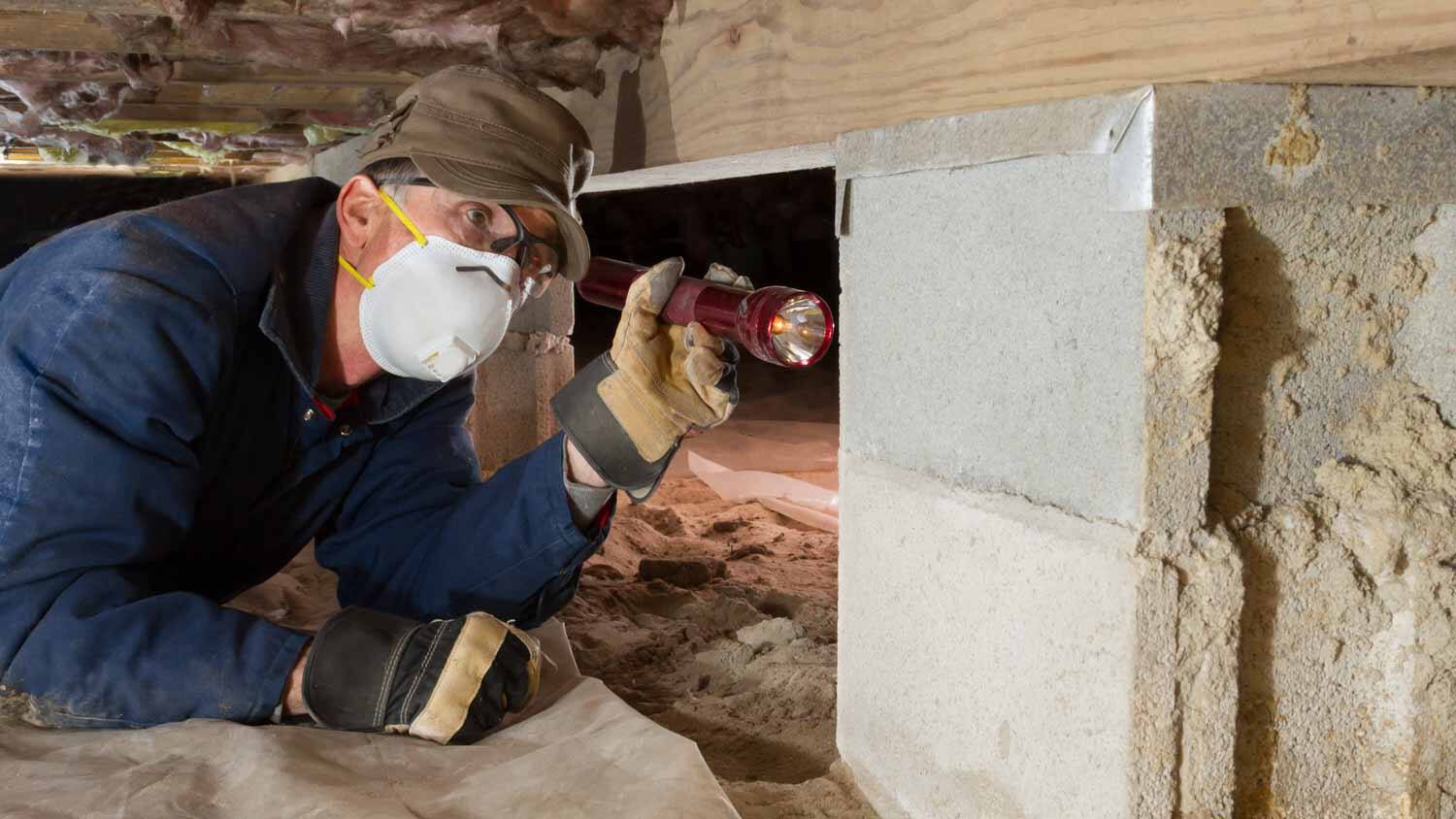
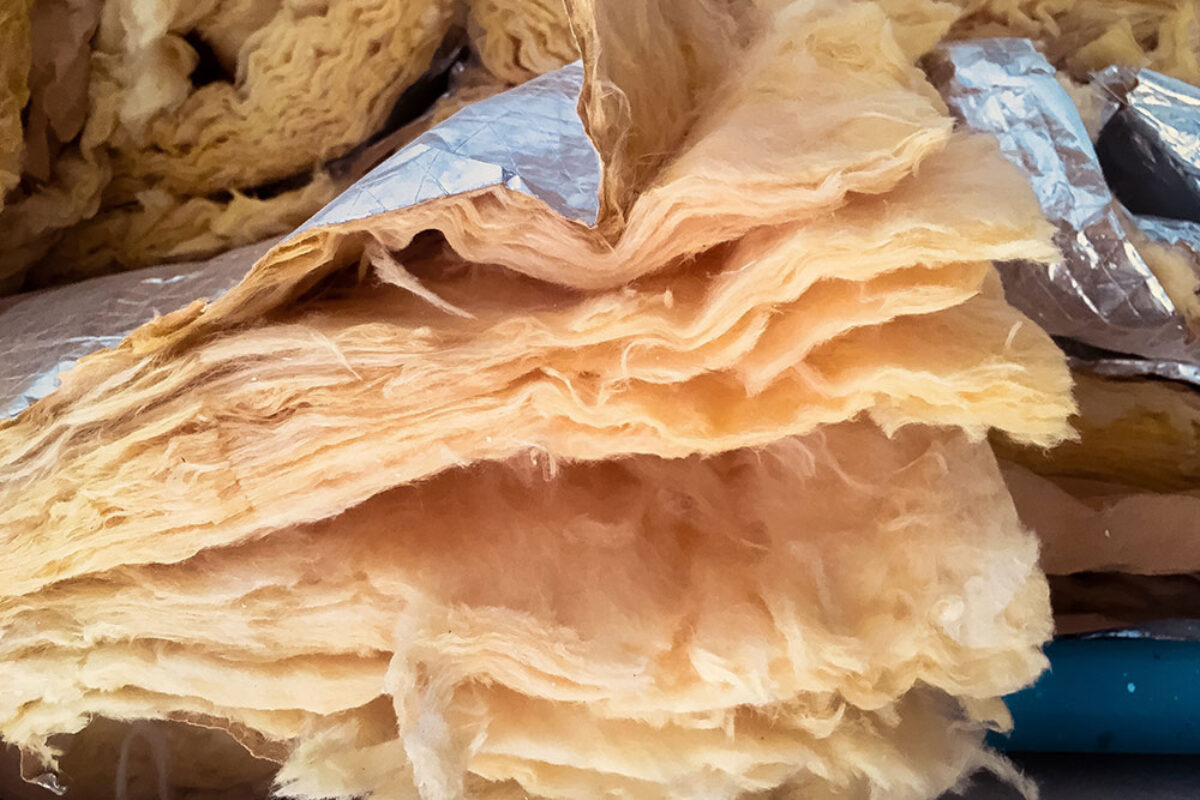
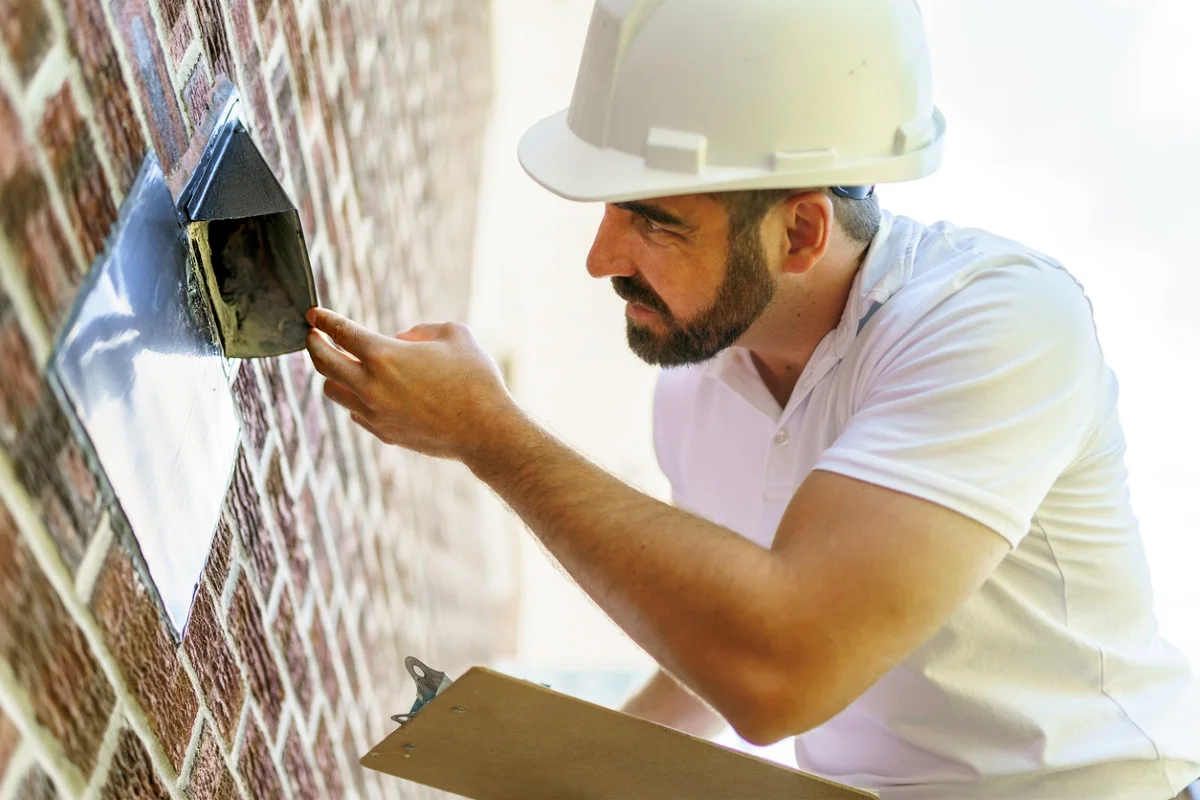

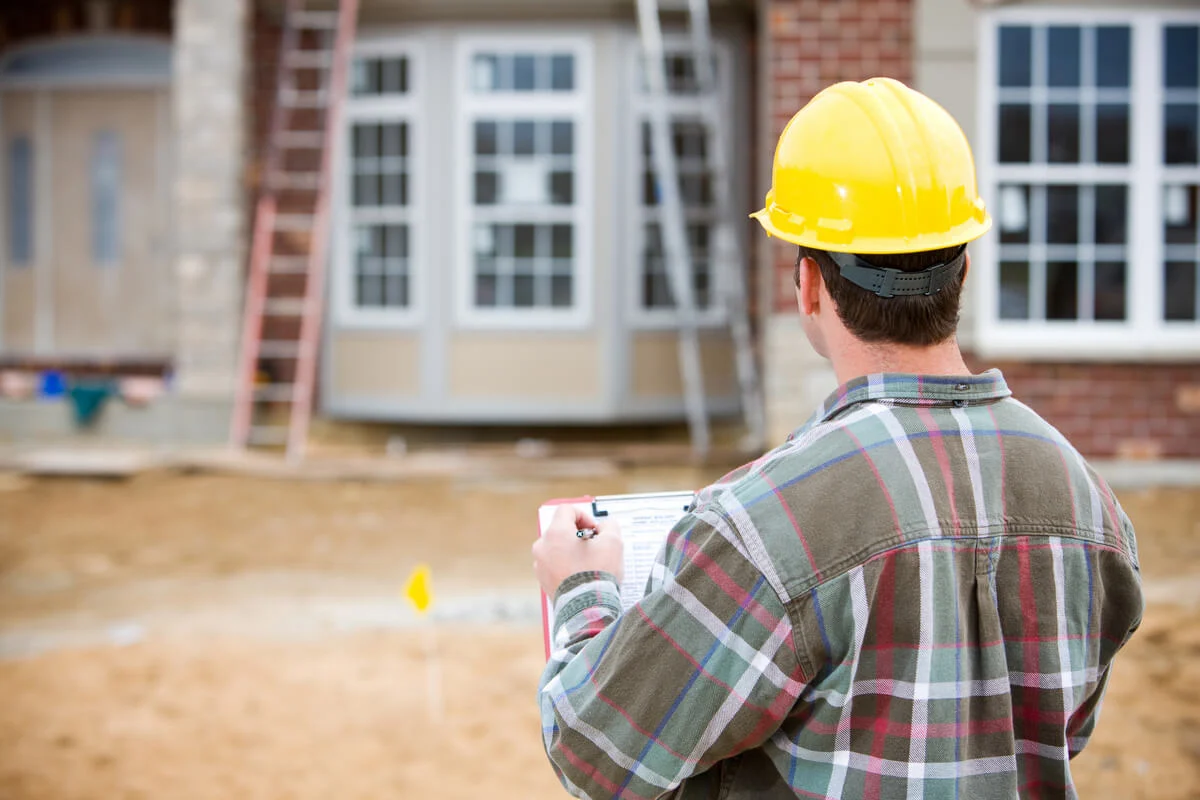
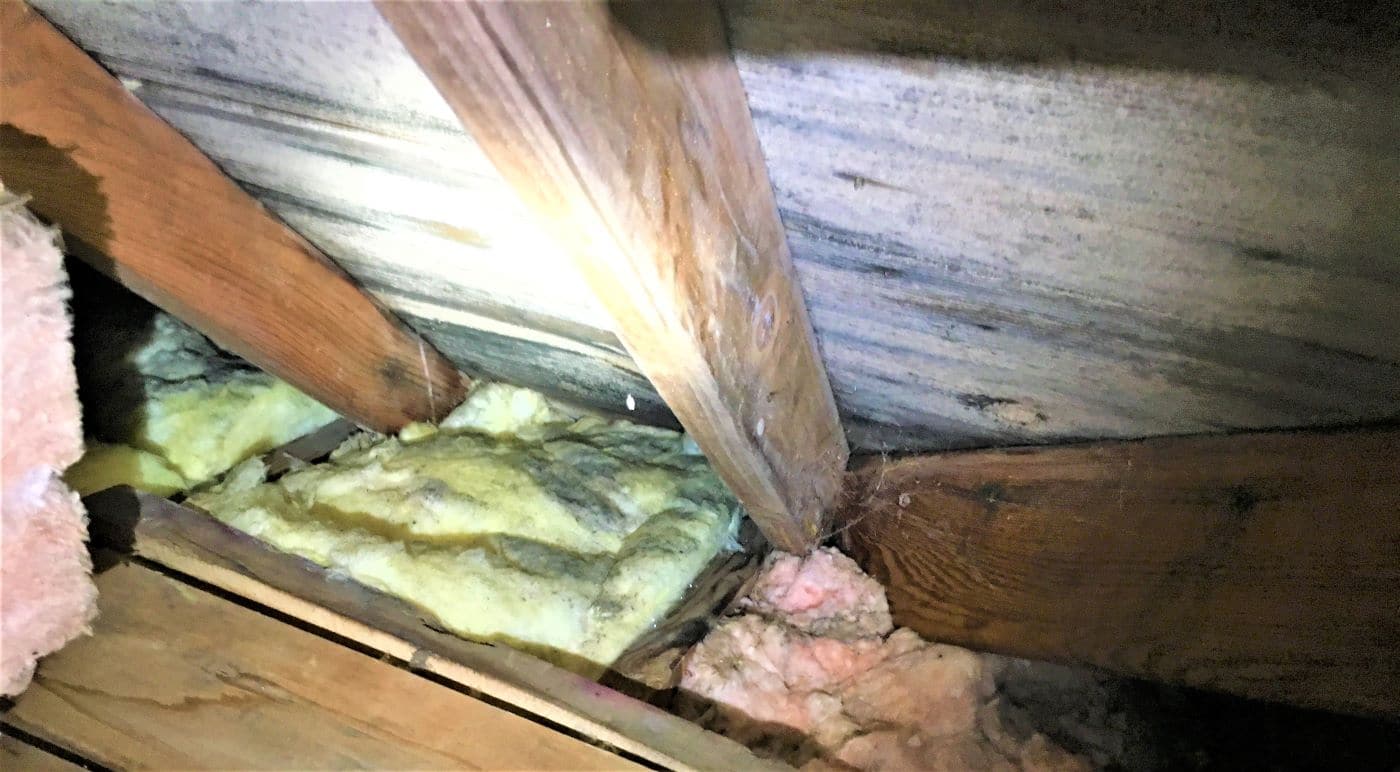
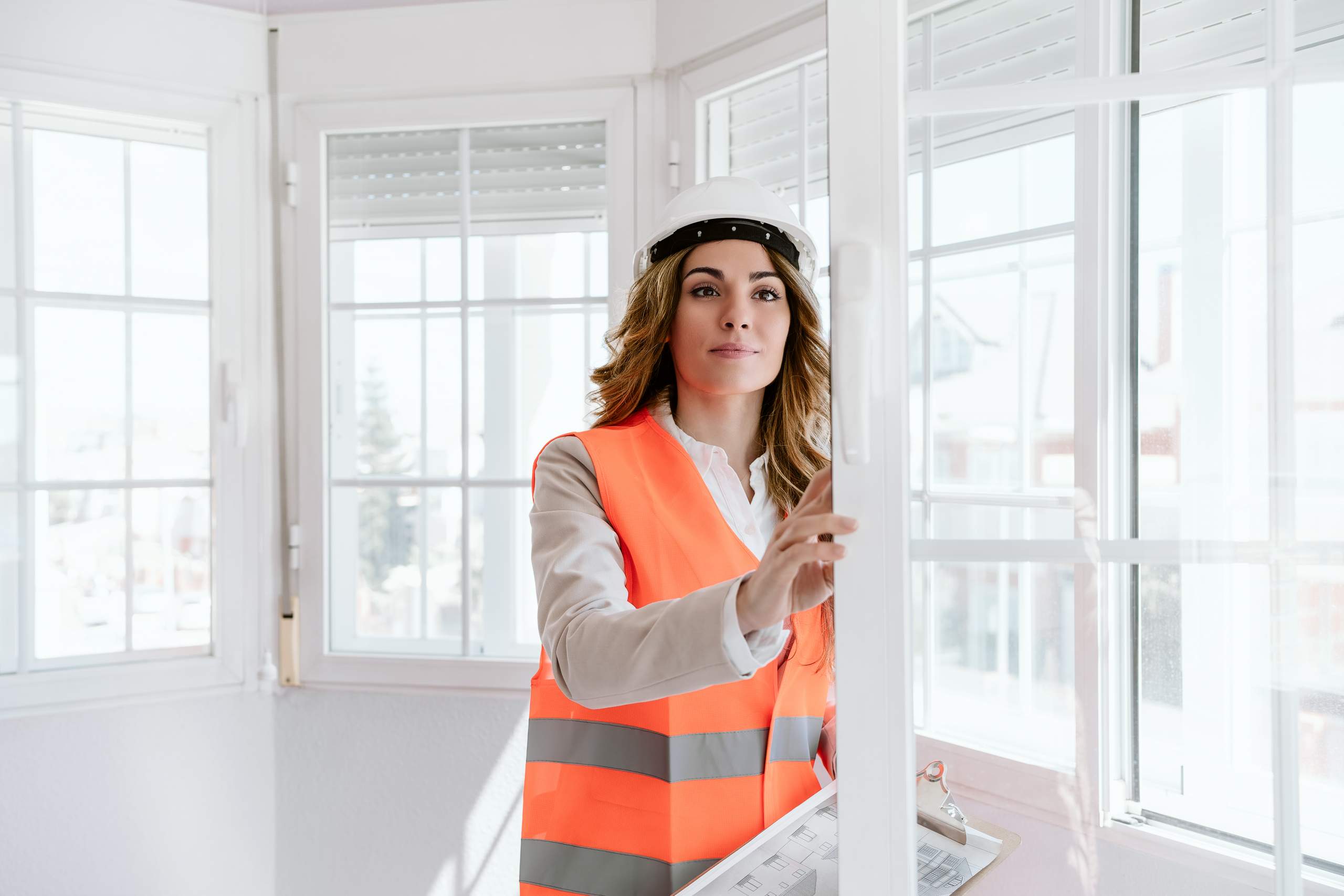
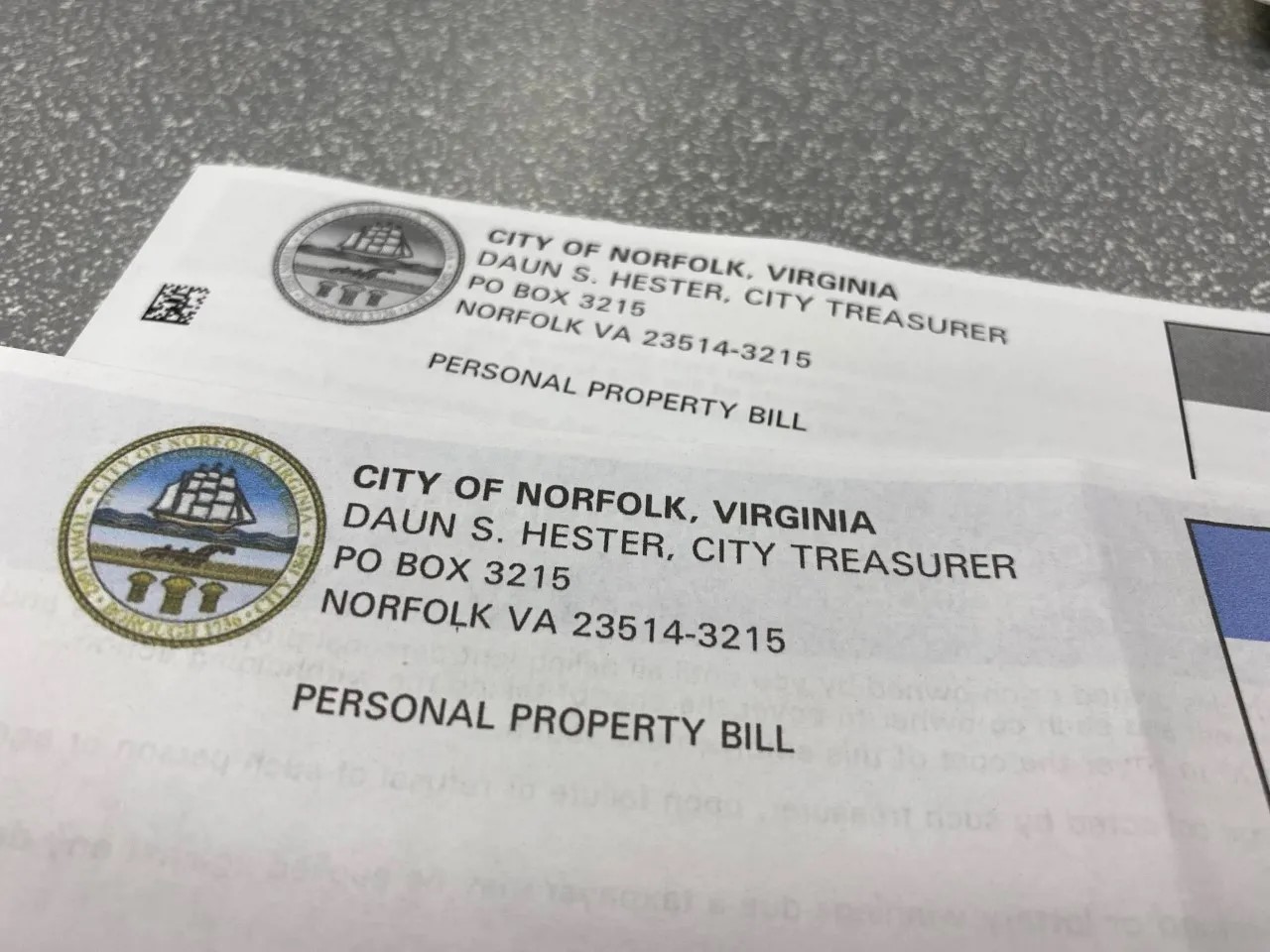
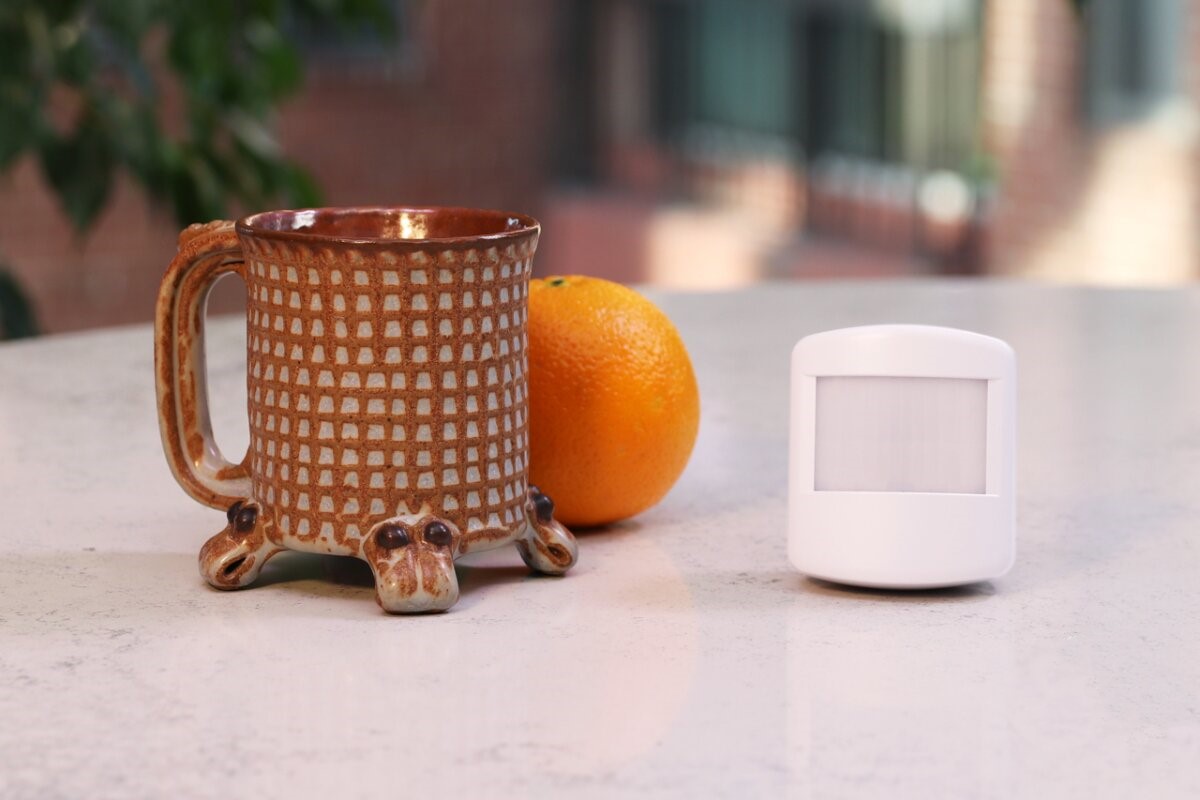
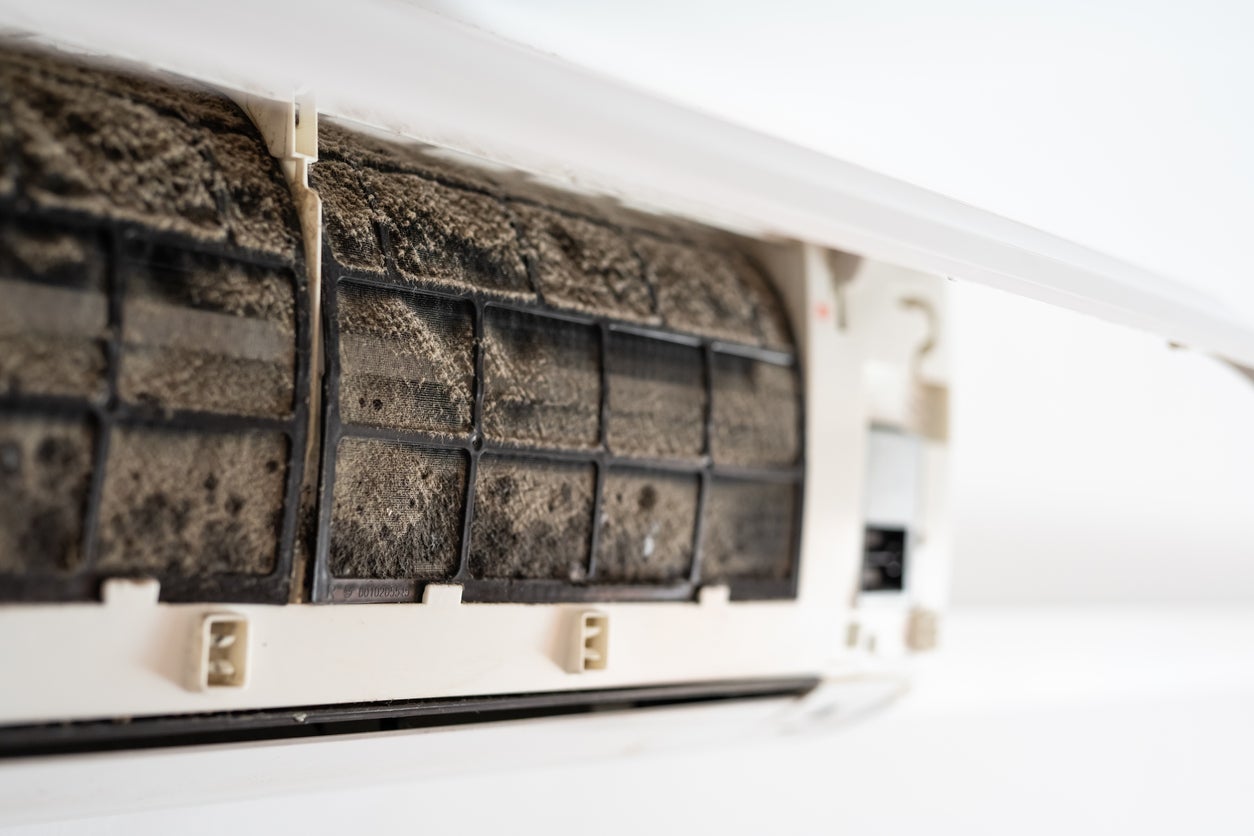
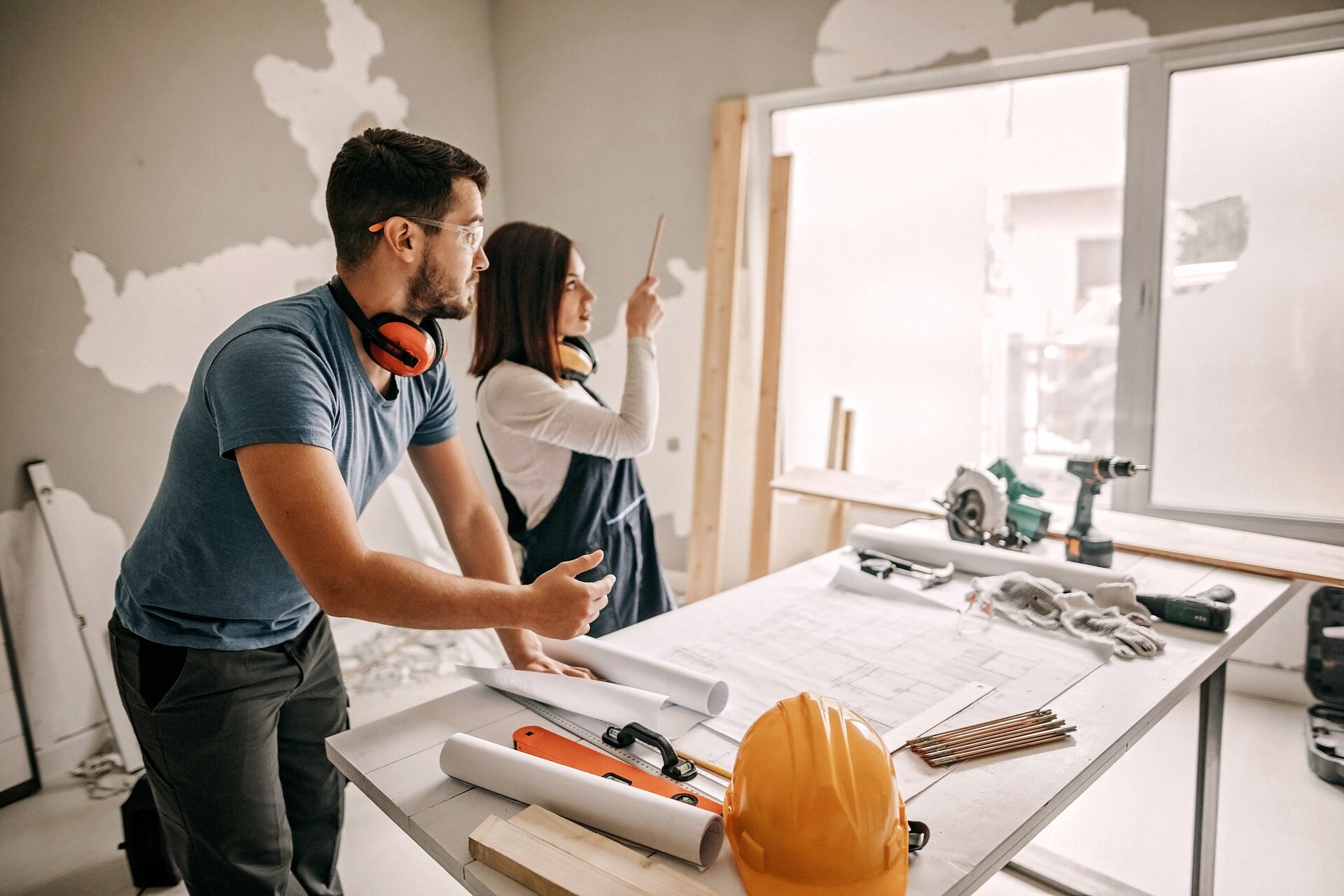
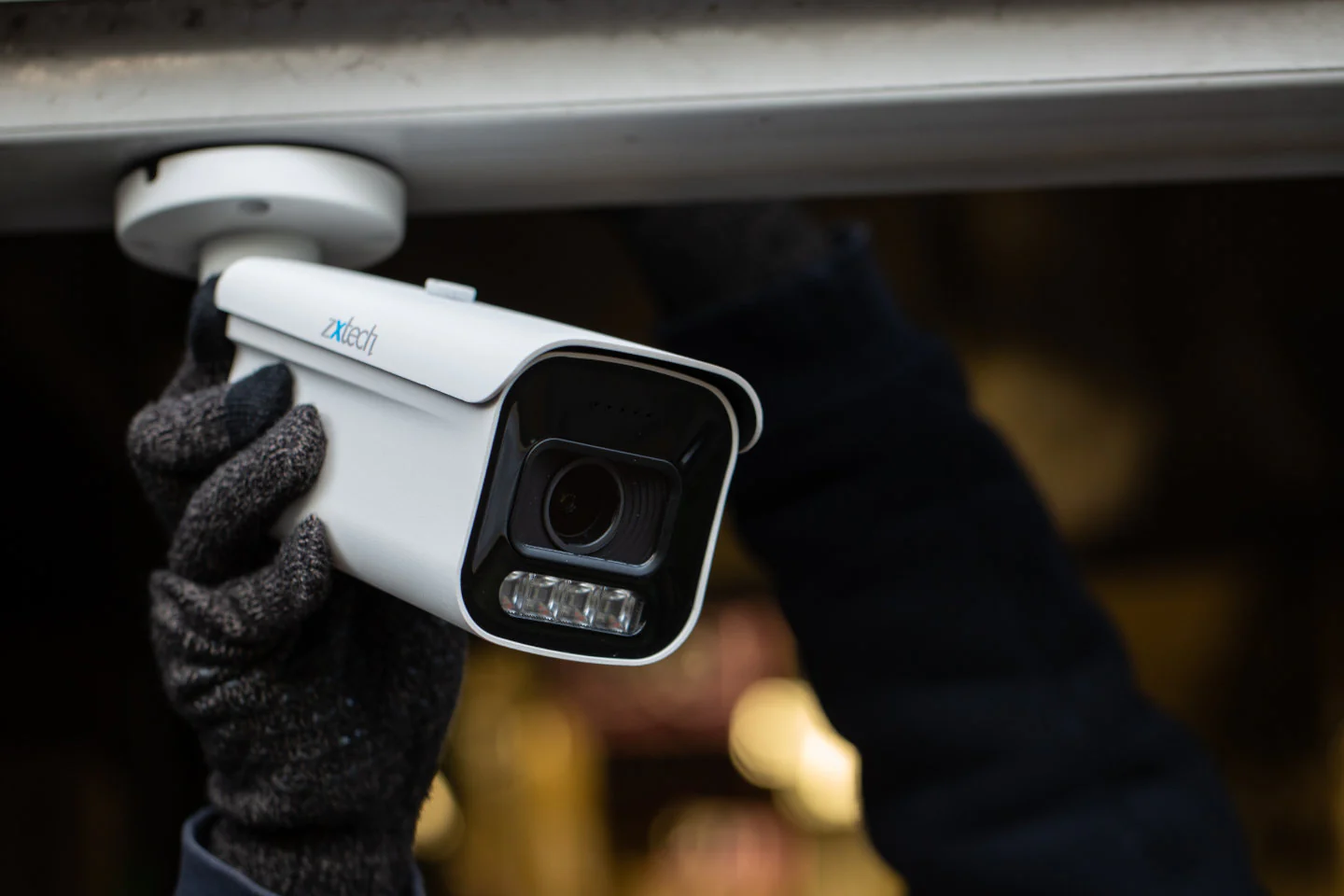

0 thoughts on “What Does A VA Home Inspection Look For”